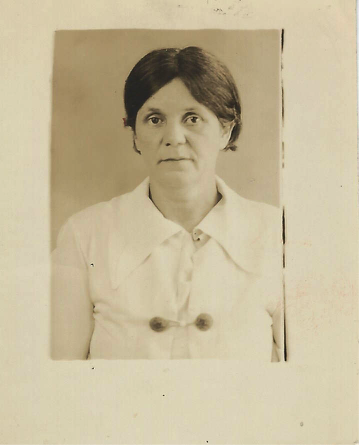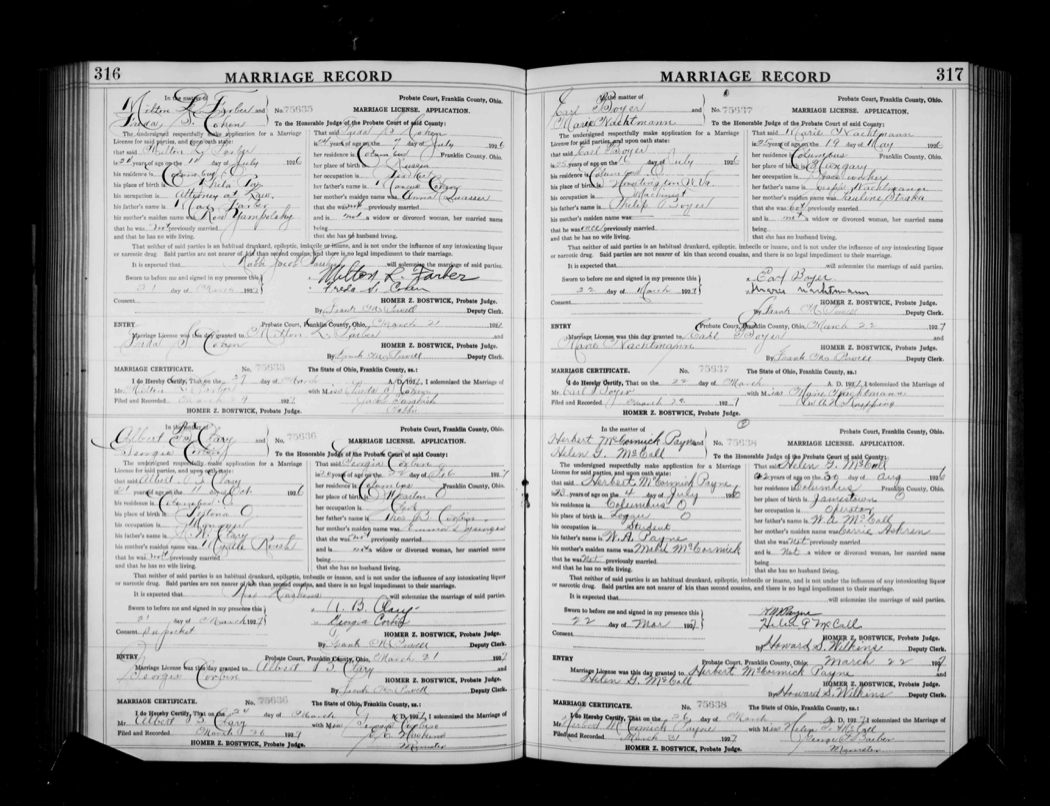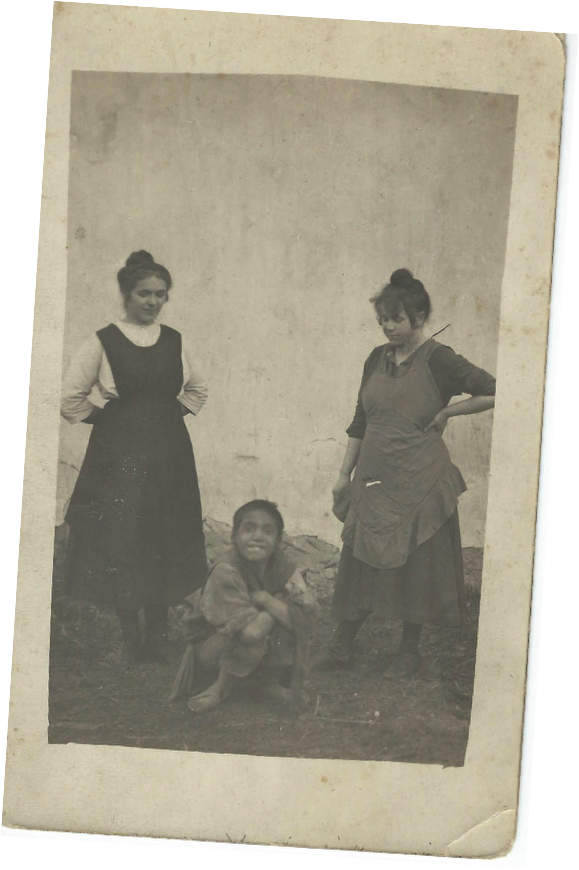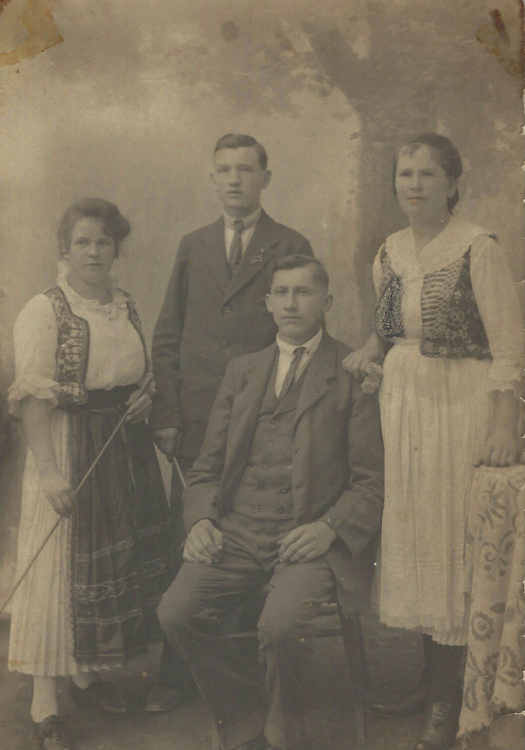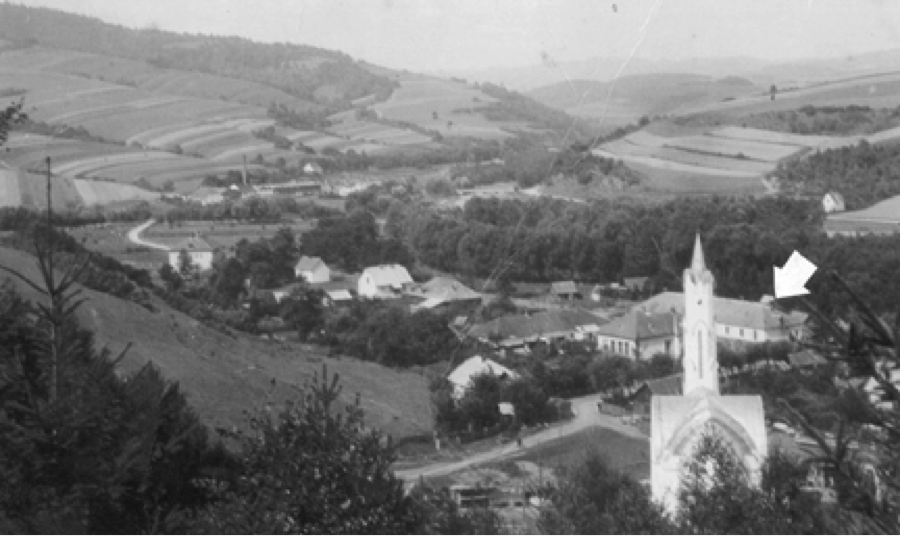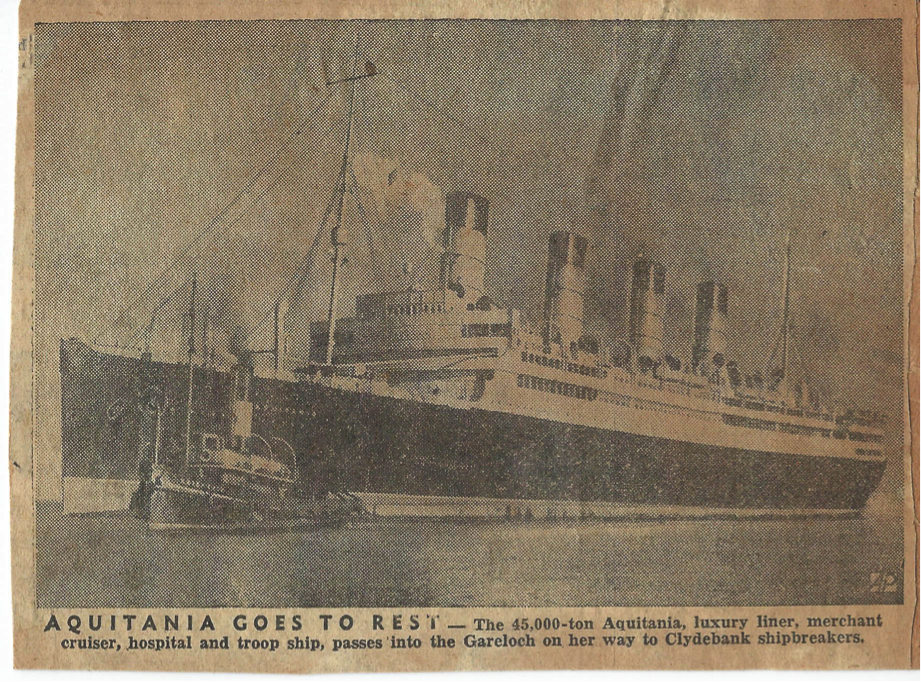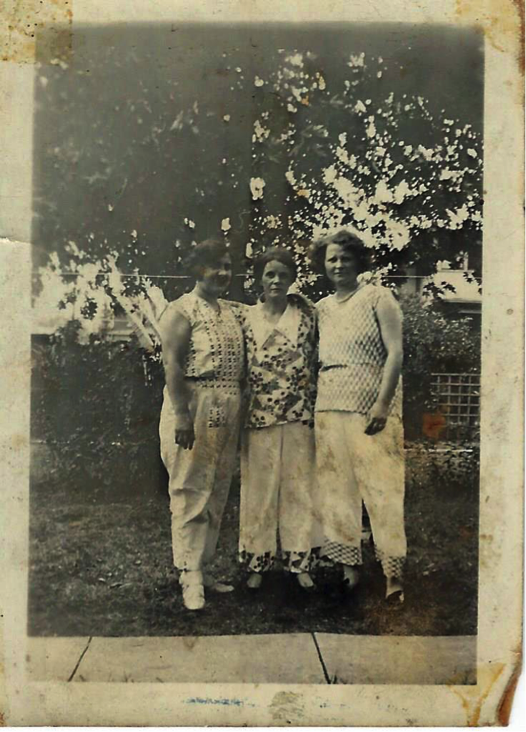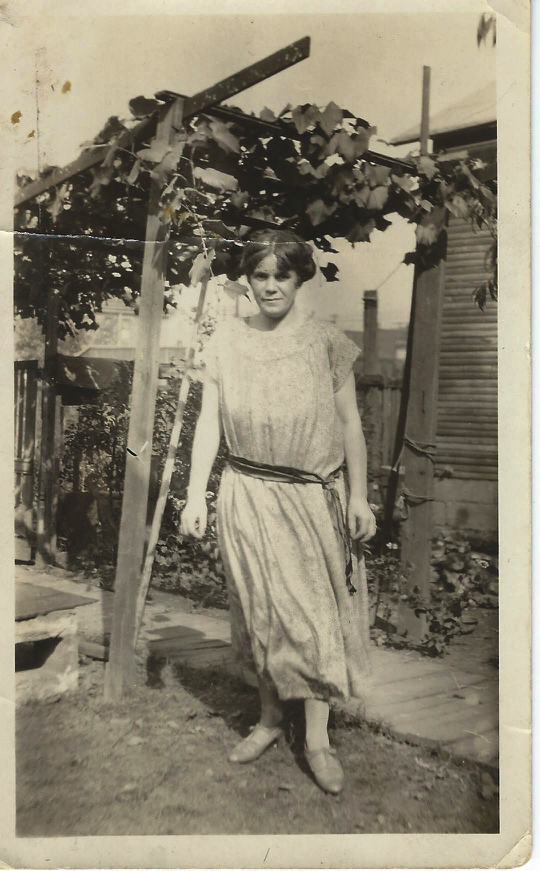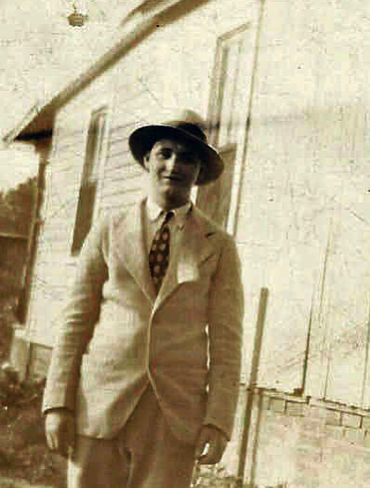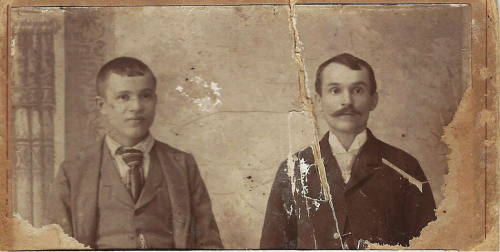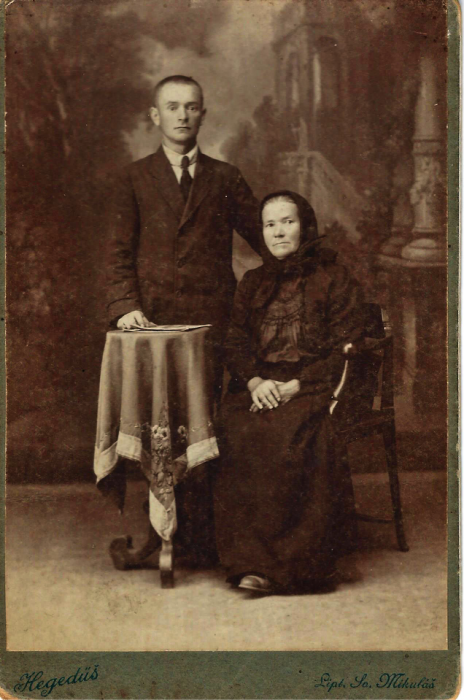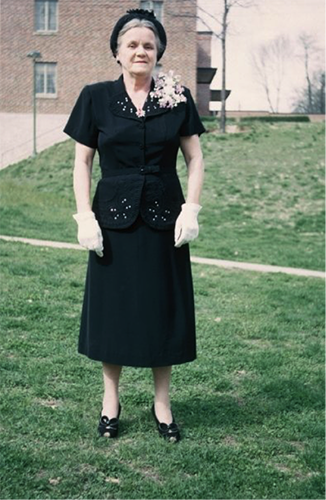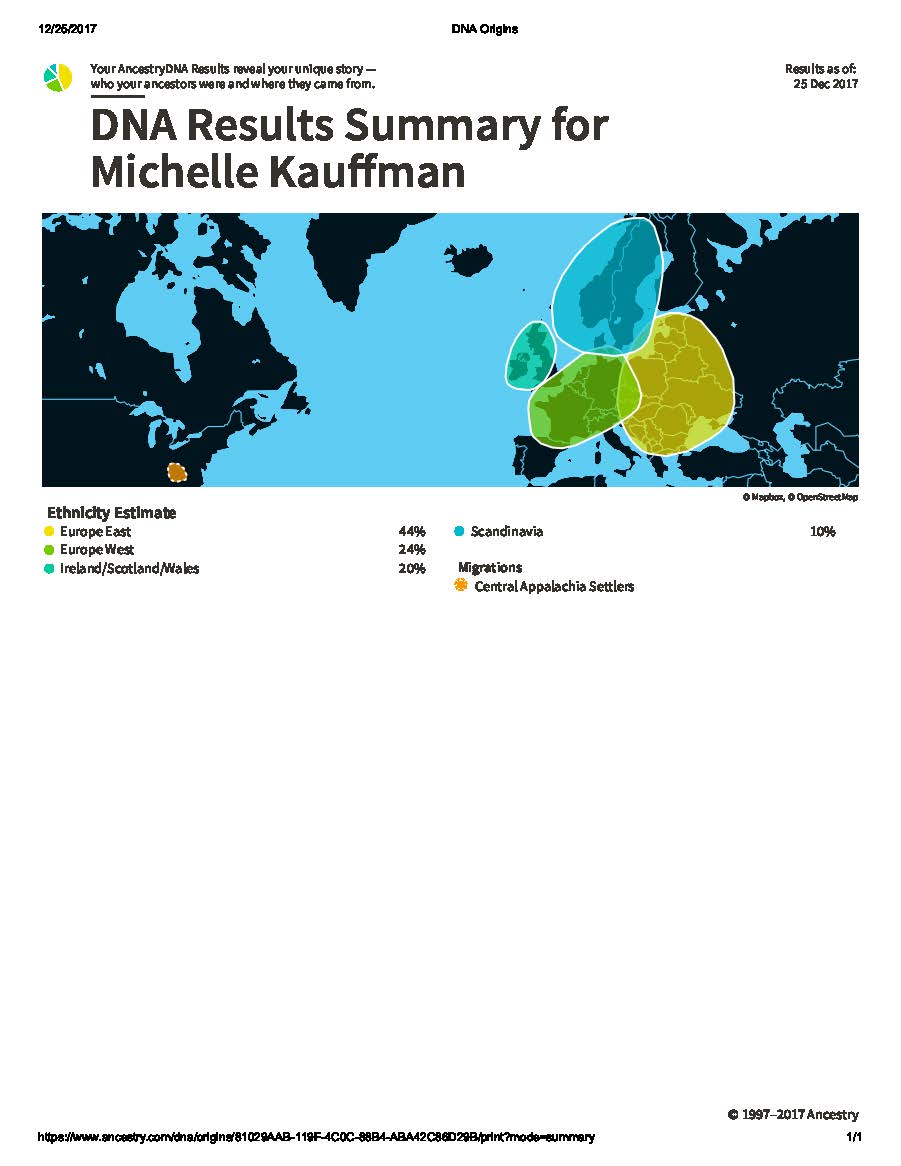Marie Nachmann was born on May 19, 1897 in Livohuta, Slovakia to Jozef Nachmann and Paulina Straka. She was baptized Maria Valerie. The Nachtmann family had worked in the glass industry for hundreds of years if not longer. Huta at the end of a city name indicates a glass factory. History traces the Nachtmann’s and related families through mountainous towns with forests in modern Eastern Slovakia and Southern Poland. They lived in mountainous areas as wood was needed for the potash for the glass. They intermarried with other glass families and belonged to the glass guild. The family name is different on many records and changes from Nachman, to Nachmann and Nachtmann for no particular reason. The family belief that someone may have been Jewish is simply untrue. Family records are all Greek or Roman Catholic back to 1800 and DNA testing has been done. Nachtmann was the name used on Marie’s father’s death certificate.
Not much is known about Marie (Maria or Marsika) and her childhood nor are there any photos. We know she was raised in a large family and was the youngest of six living children. There were one or two who died at birth or early childhood. She is the only sibling whose baptismal record is not available. Her older sister, Veronica Jagersky, immigrated in 1913. See: http://www.markminer.com/Jagerski.htm
Marie arrived in New York on September 30, 1921 aboard the Aquitania at the age of 24. She came with her brother, Henry, who was a glass glacier. They were headed to Toronto, Ohio. The passenger list had them as fair with blue eyes. The first jobs they obtained were at the Federal Glass Company in Pennsylvania. Immigration was halted in 1924 which prevented other family members from coming over including their cousin, Robert Rankel. Many postcards and letters exist between Marie and Robert.
Marie married Earl Phillip Boyer (Bowyer) in 1927 in Franklin County, Ohio. They had two children, Maxine (1931) and Erwin (1934). They divorced shortly after and Earl passed away of cirrhosis of the liver in 1946 at the age of 45. She continued to include him in her prayers. She also endured the death of her parents in 1941 and her close cousin, Robert Rankel, in 1944. Robert survived the bombing of Dresden after being buried in rubble for 3 days. The cause of his death is unknown, Letters indicate that he wanted to come to America but was unable to when immigration was halted.
The 1940 Census is a good indication of how a family survived the Great Depression. Marie is shown as being a naturalized citizen at the age of 40 with Maxine (age 8) and Erwin (age 5). She rents her home and lists that she born in Germany, likely to avoid prejudice. Many who came from Austria Hungary simply called themselves Germans to avoid being considered Hungarian or Slovak. The “N” word for this group was “Hunkies.” She had no job or income and her highest grade completed was 4th. She managed to provide her kids a Catholic education.
Marie worked putting horsehairs in scopes, at the Federal Glass Company, in Tri State Glass Manufacturing Company (purchased by Pilgrim) and as an attendant at the infamous Huntington State Hospital, cleaning private homes, and taking care of her grandchildren. We are not sure of the exact timeline but we know she worked at the Huntington State Hospital in 1951 as she had to sign for her son to enter the Marine Corp at the age of 17. Her son thought that when she first came to Ohio she began placing horsehairs into scopes to create crosshairs. She must have then went to work for Federal Glass which she did until 1929 or 1930 when she moved to Huntington.
The failing Tri-State Glass Manufacturing Company was purchased and became Pilgrim Glass. As the business failed, she cleaned the home of the owners and they contributed towards her children’s education. A family story also claims that she originally introduced the technique of making the famous Cranberry color to Pilgrim and was never compensated for it. The details of this is not certain as the cranberry line was not introduced until 1968, long after she retired. The company history states:
“Cranberry glass was introduced to the Pilgrim line in 1968. Although always popular, few glass manufacturers attempted this color, which involves an often temperamental combination of lead oxide and real gold. Over the years cranberry glass has become the mainstay of Pilgrim’s business. Today, Pilgrim Glass is the largest producer of cranberry glass in the world.” http://www.myantiquemall.com/Pilgrim.html
The Huntington State Hospital was built in 1890 as a “home for incurables” along Norway Avenue. Designed to accommodate 500 patients originally, the facility was carrying a load of 1,150 patients by the late 1940s. Severe overcrowding conditions were well noted in a Herald-Advertiser account of a brief interior tour in 1949. We are not sure if she worked with the women or children, but an on-line story tells what her job must have been like. There were also only 2 attendants per ward that were responsible for 80 patients at a time. Attendants were also dismally paid $90 per month, plus room and board, for a 12-hour day, 6-day-a-week job; other hospitals were offering $180 per month for 8 hours work. According to reports in the Herald-Advertiser, while the two women were “kindly and motherly,” they had to supervise and care for “80 tortured souls; must feed many of them; must take many to the two toilets provided for the patients on the ward; must bathe them in the old tub many of those who will have a bath.” ( 1. Herald Advertiser 1949 http://abandonedonline.net/locations/hospitals/huntington-state-hospital/)
Marie lived across the street from here daughter and family on Sycamore Street in Huntington. She enjoyed her grandchildren and a poodle by the name of Duchess. Marie lived on the brink of poverty for the rest of her life. Though her own records showed that she collected food stamps, she always brought a large bag of food to church to those she considered poor. She never remarried and passed away in Huntington on April 21, 1991.
